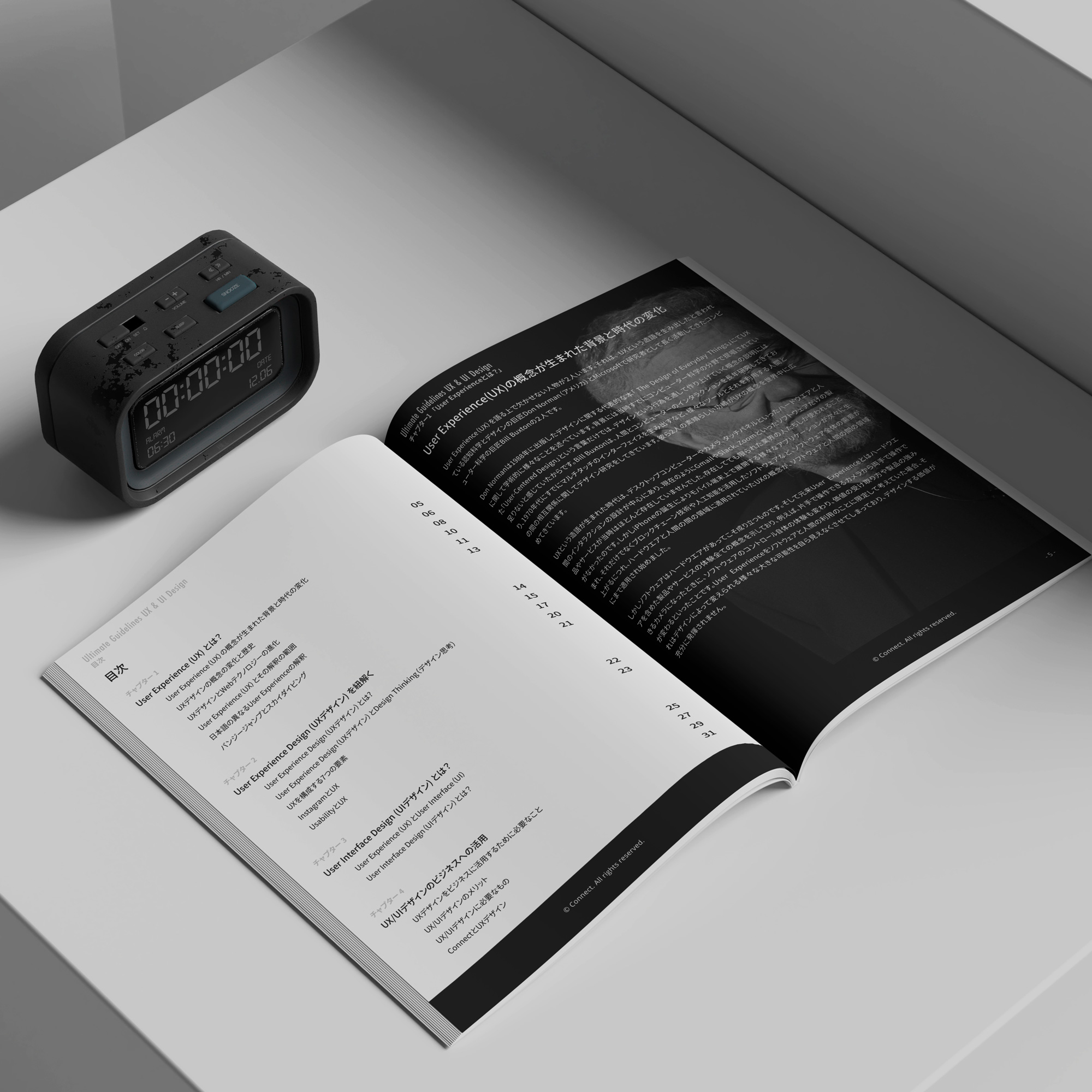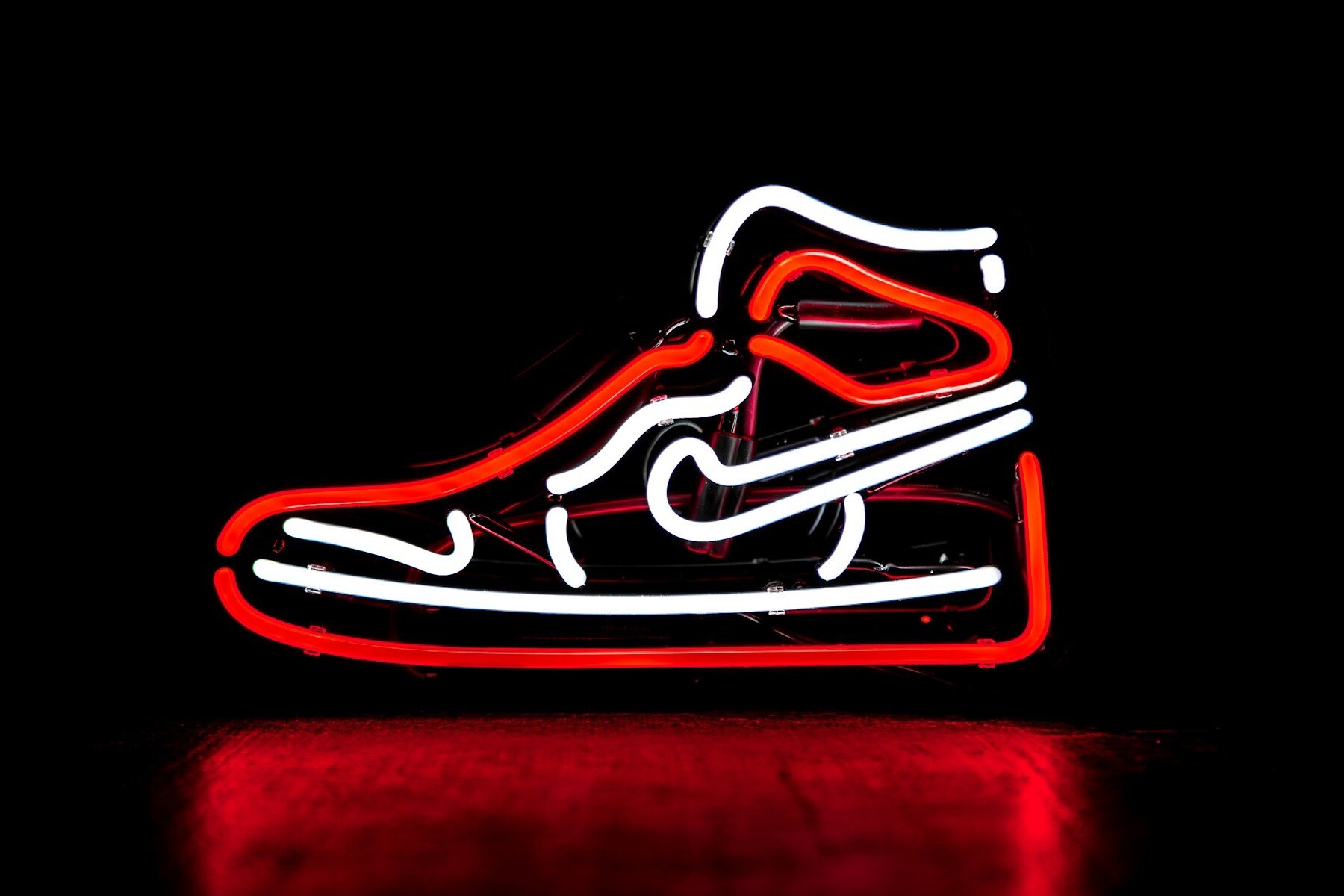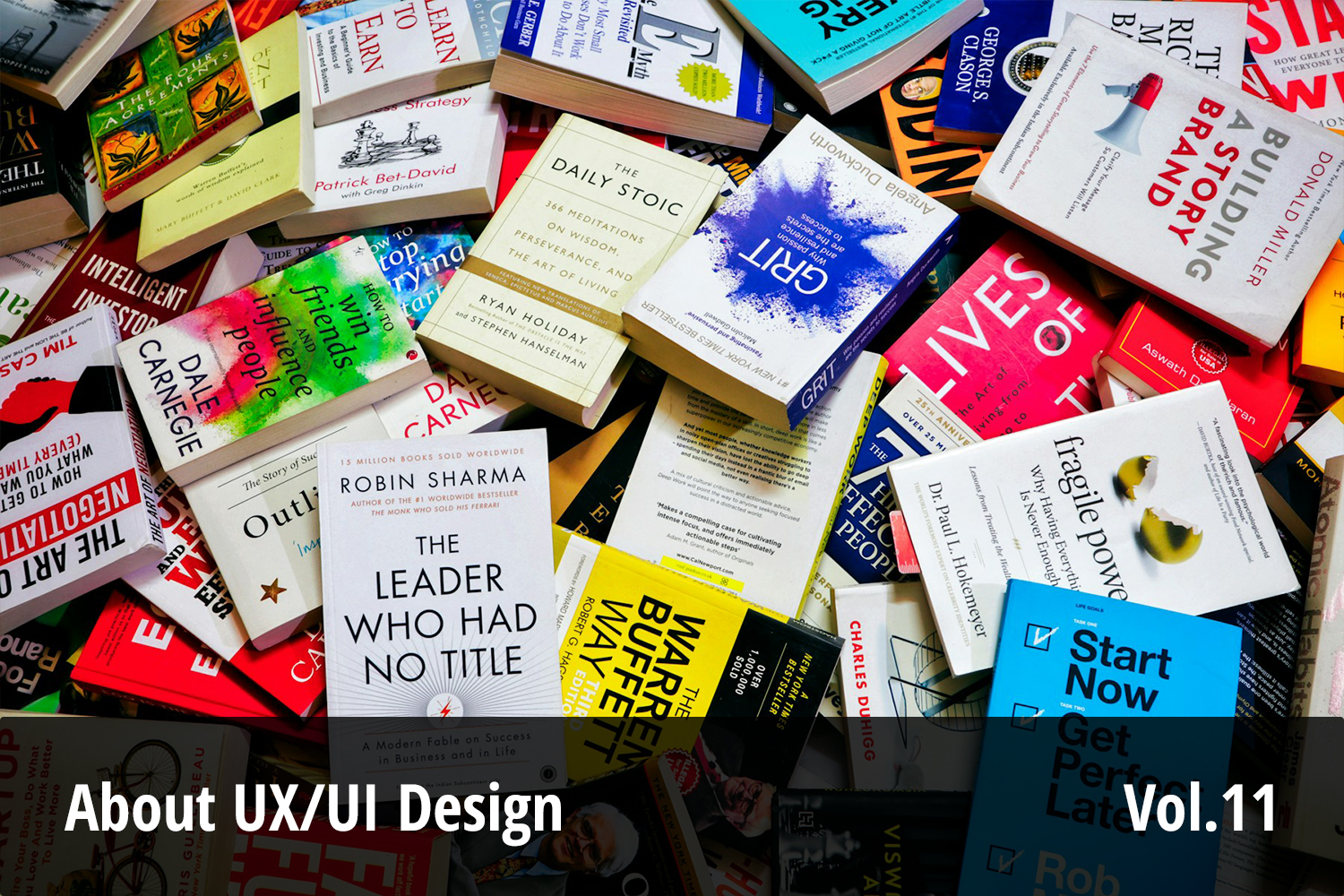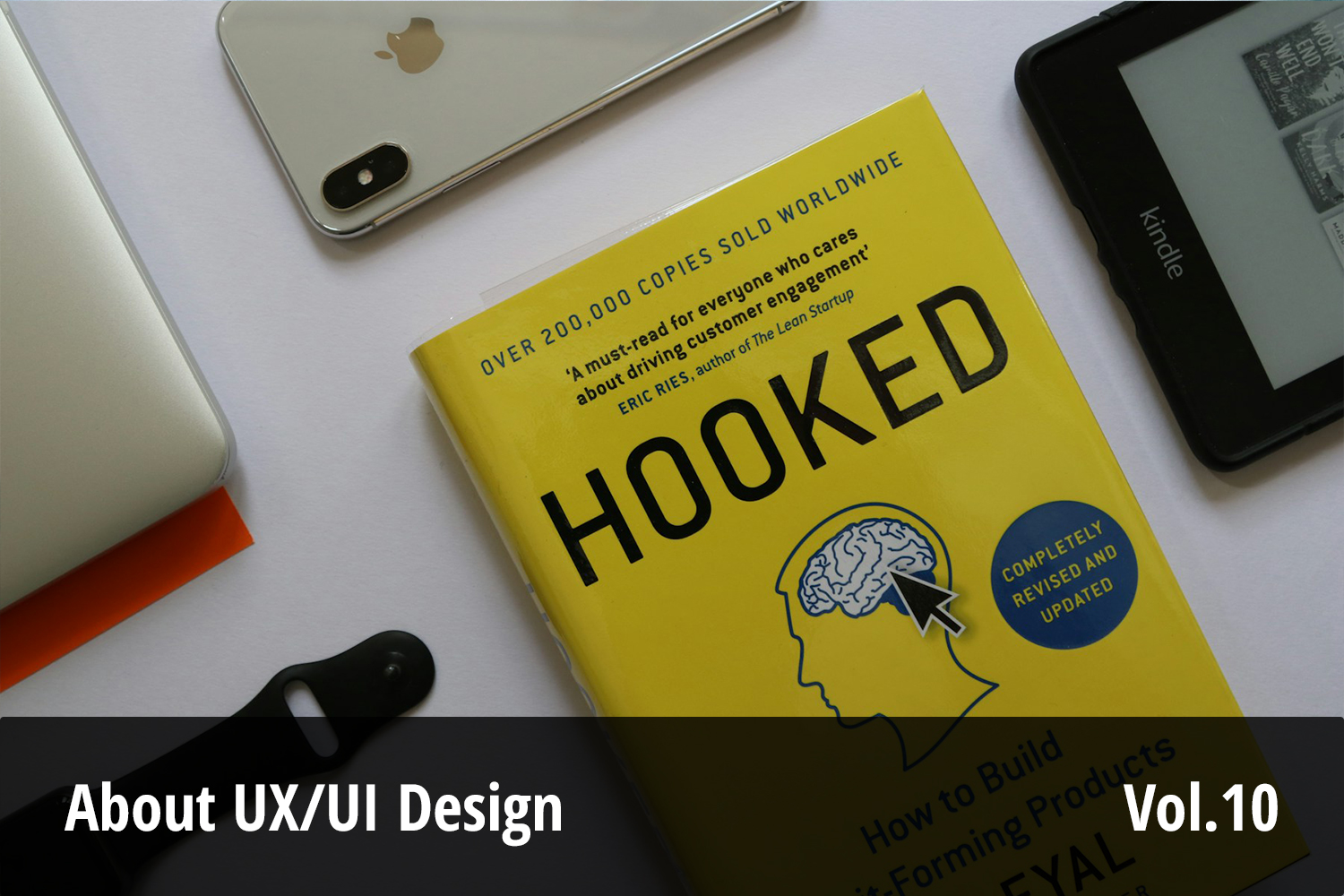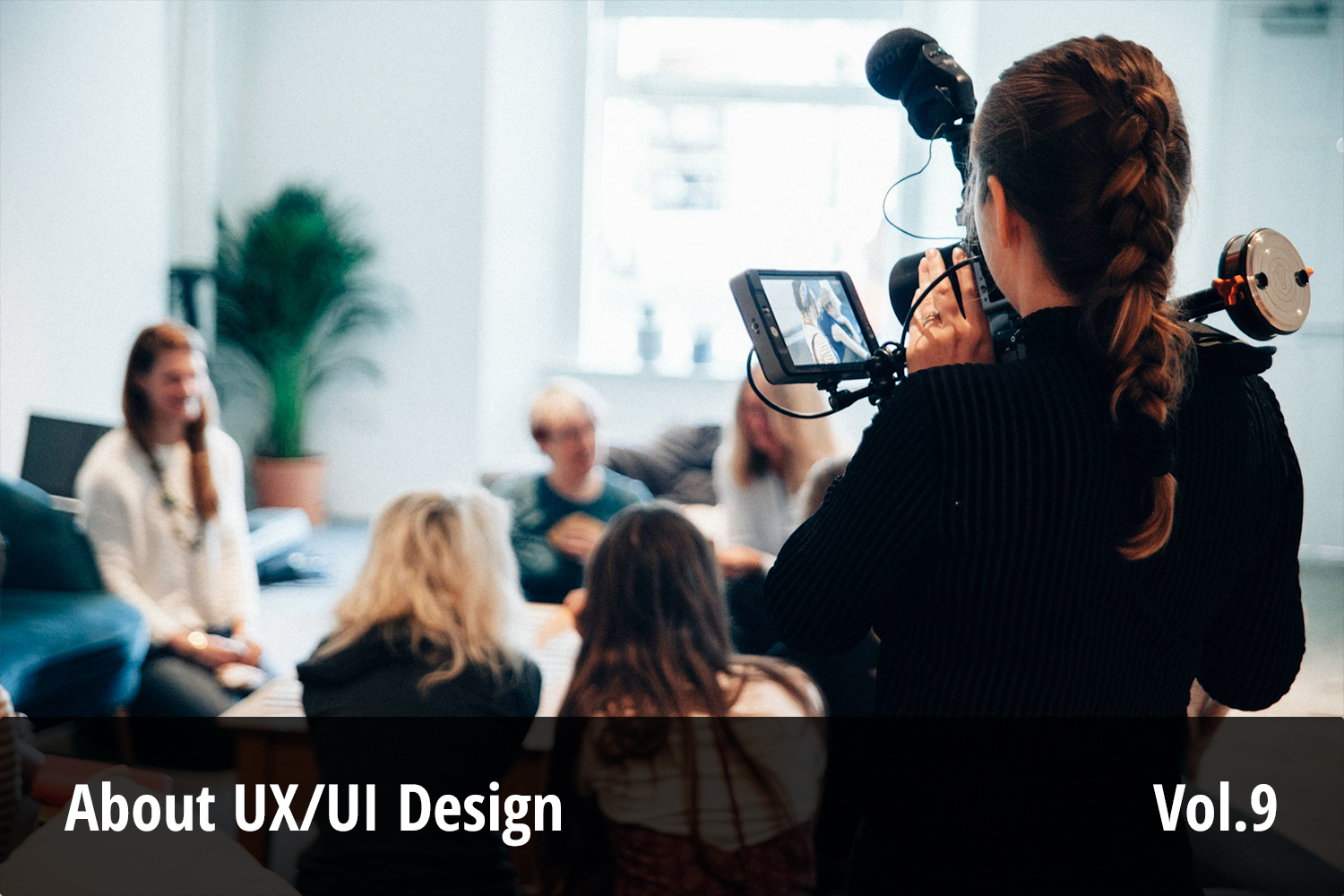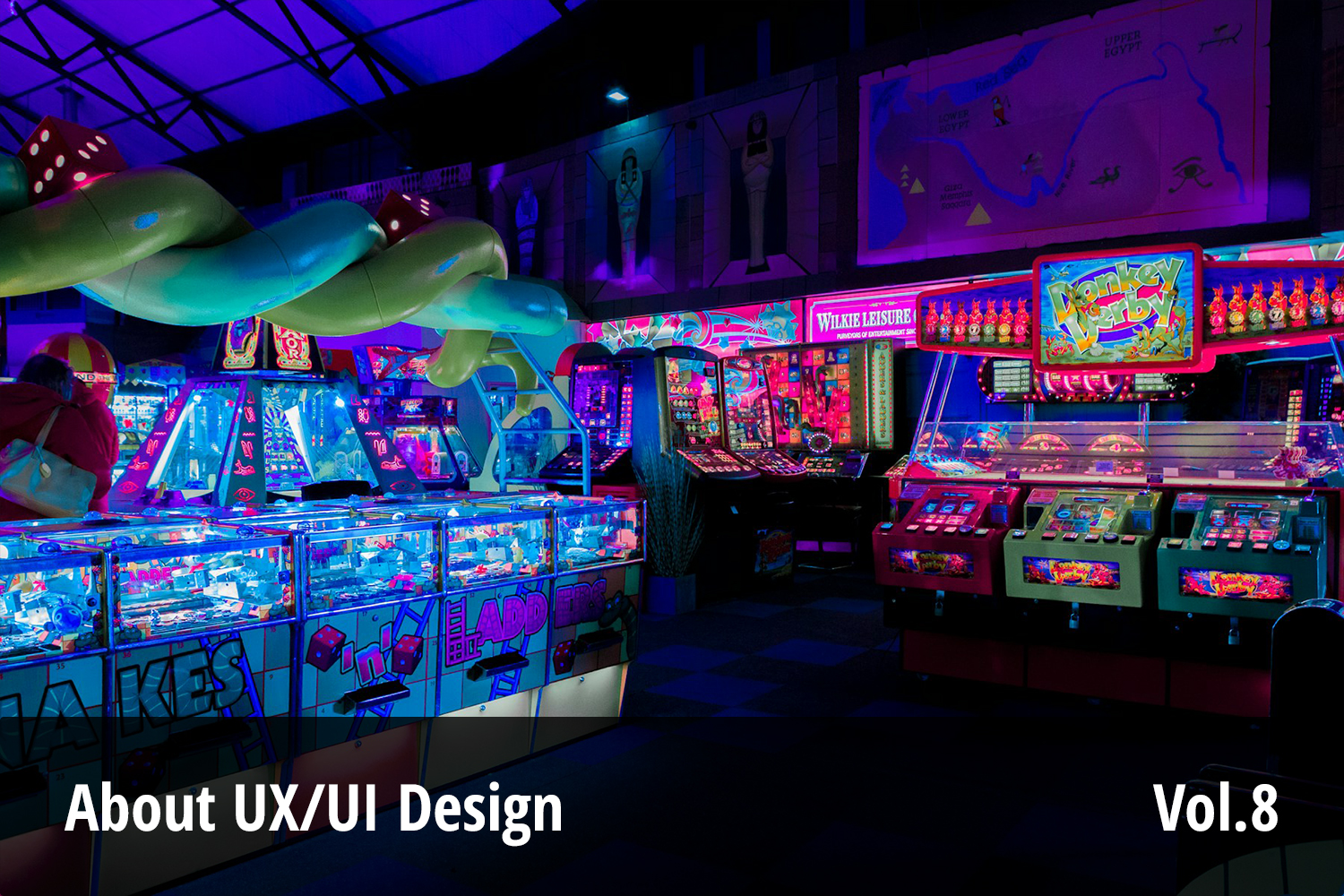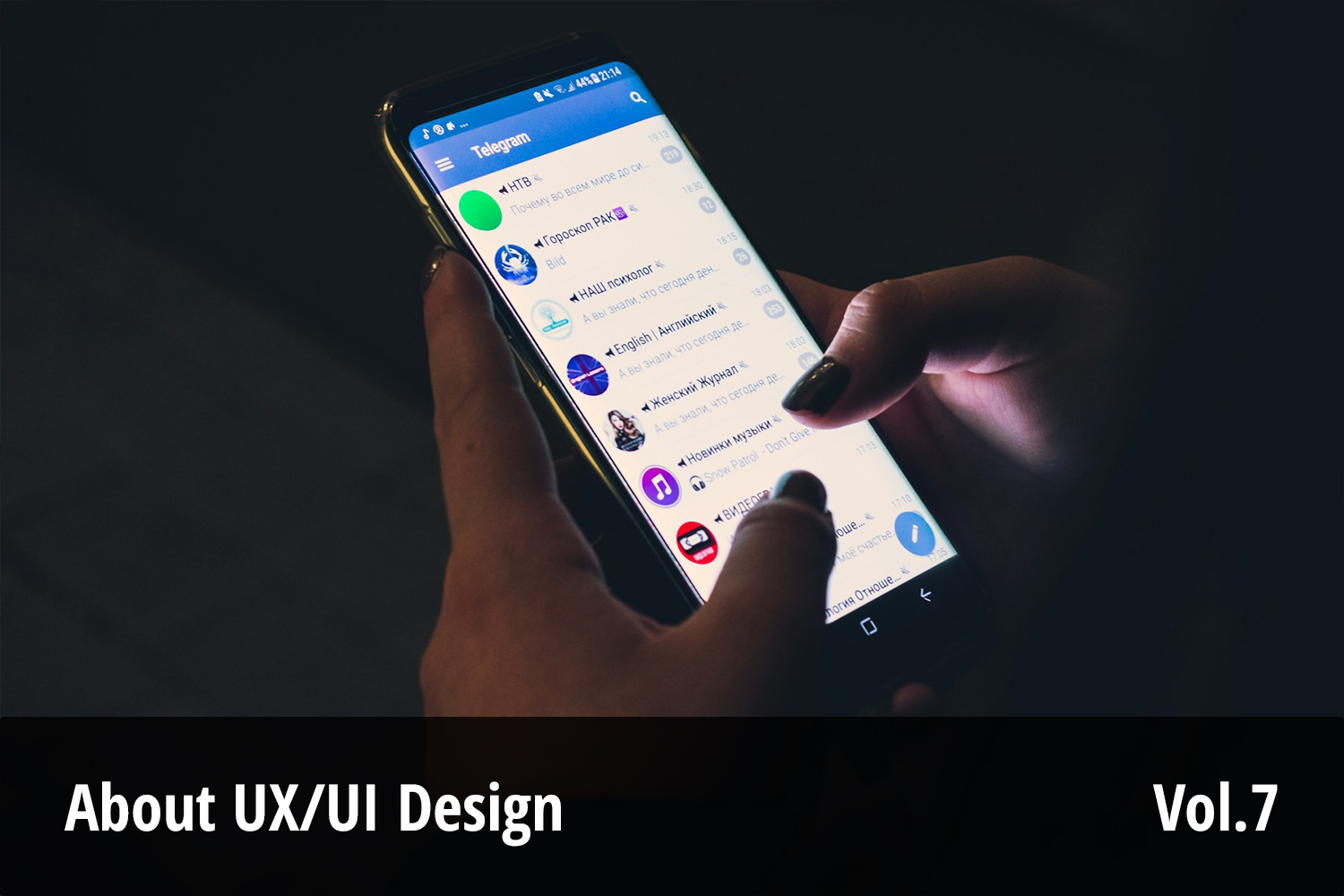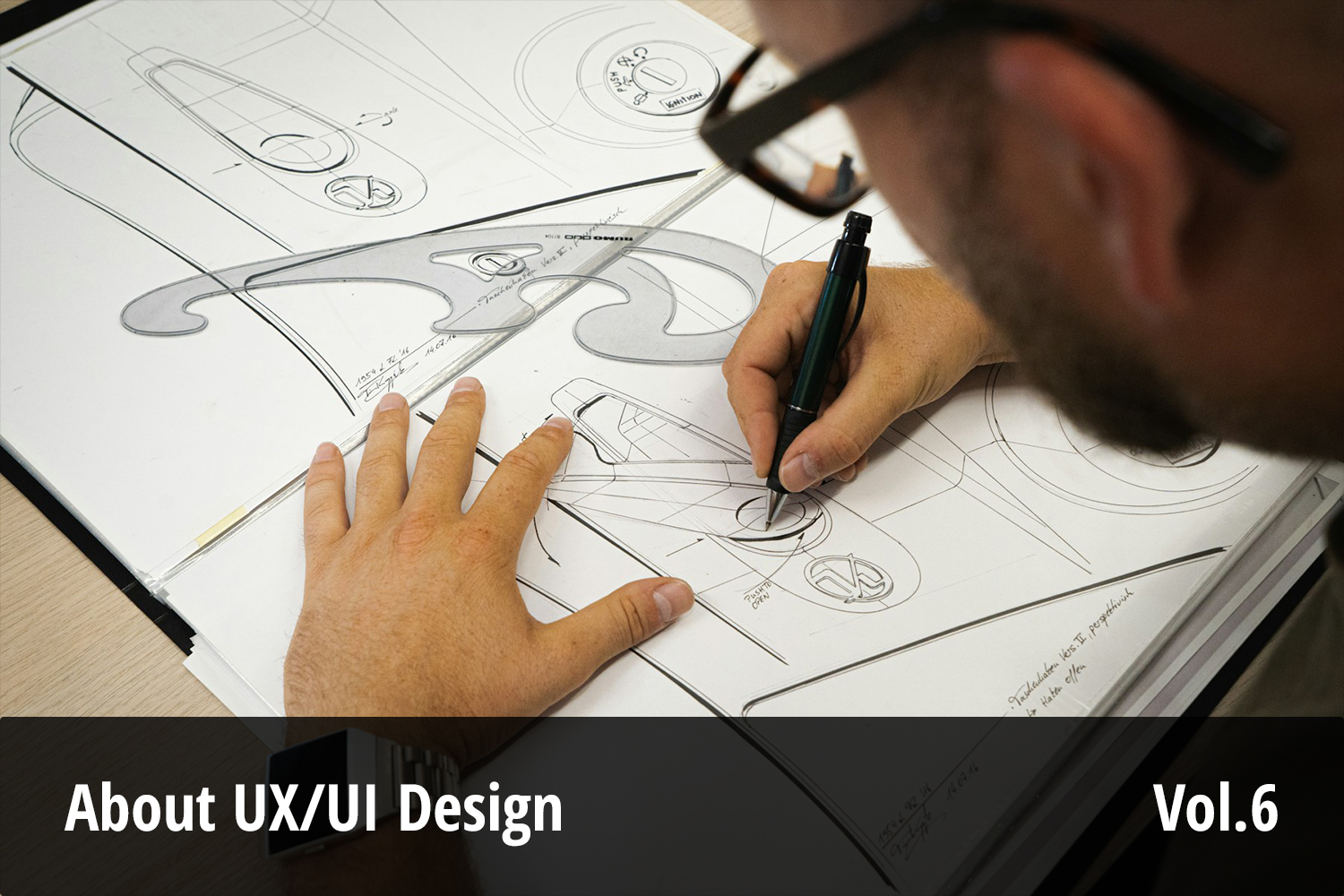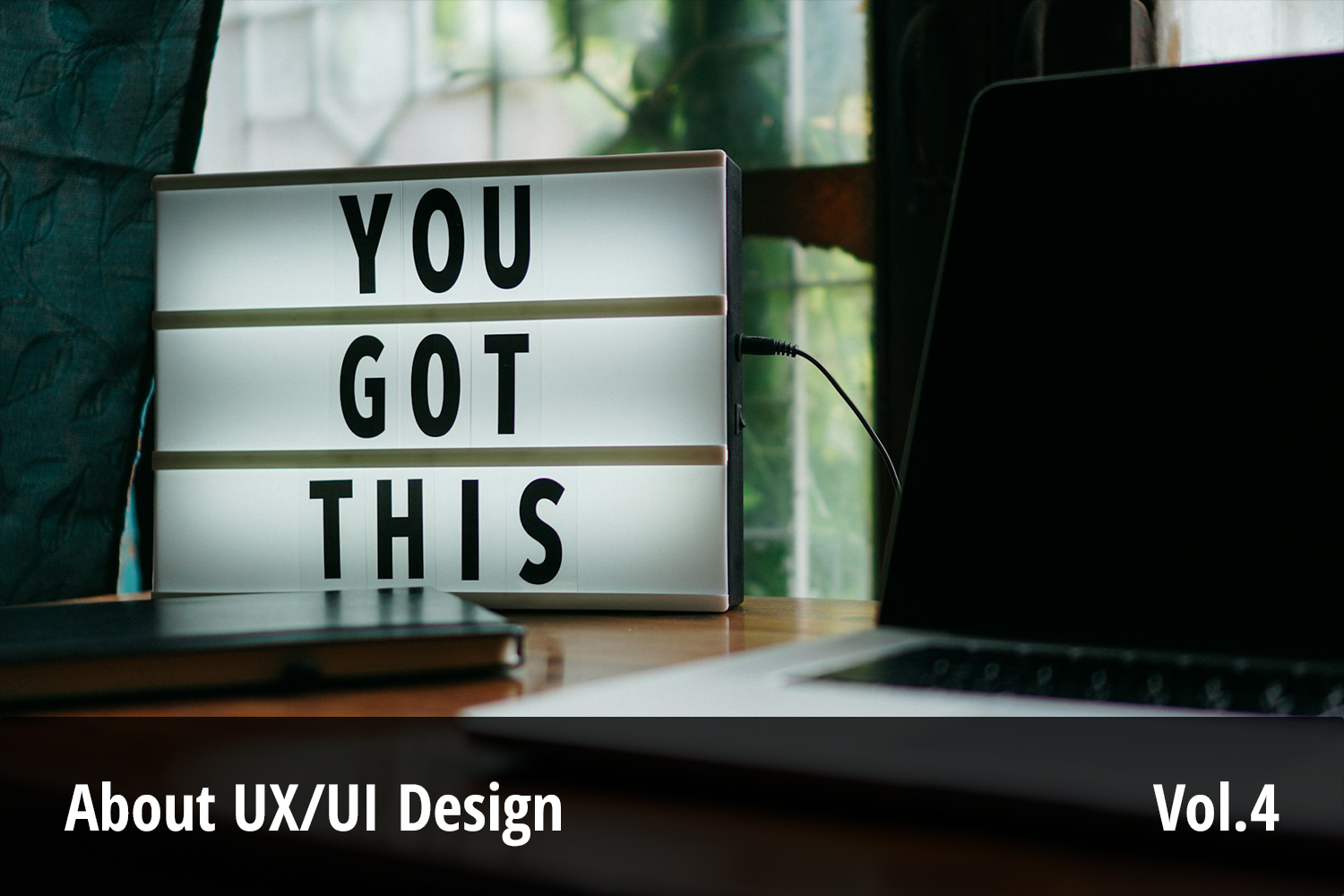UX ≠ Usability
In recent years, the concepts of User Experience (UX) and UX Design have gained widespread attention globally across various countries and media platforms. Despite this prominence, a significant gap in understanding and accurate representation persists among media outlets, writers, and recruiters. This gap can be attributed to the rapid proliferation of software services, such as Software as a Service (SaaS) models, and the dynamics of recruitment processes.
Regrettably, the term “UX (User Experience)” has often been utilized more as a means to an end rather than being fully understood, which has led to putting the cart before the horse.
1. Origins of the Term “User Experience”
The term “User Experience” combines “User” and “Experience” into a single phrase, but the origin of this term is not widely known. In my professional interactions with numerous UX and UI designers globally, I have observed that many are unaware of the term’s origins. This lack of awareness is also prevalent among recruiters specializing in human resources. Nevertheless, professionals in fields reliant on tangible outputs, such as computer science and product design, often recognize that the term UX originated within their disciplines. The media presents mixed views, but it is noted that Bill Buxton significantly contributed to the usage of the term UX.
The media presents diverse perspectives regarding the origin of the term “UX,” but it is widely believed that Bill Buxton was instrumental in popularizing its usage.
However, it is Don Norman who is primarily credited with popularizing the term among the general populace. Regrettably, many professionals who identify as UX or UI designers remain unaware of these pioneering figures, an oversight comparable to driving without understanding the colors of traffic lights.
2. Rise of Software Products and Services
As evidenced by Bill Buxton’s contributions, the term UX originally emerged from the Science & Technology sector. Traditionally, the usage of UX was confined to specific industries and not as prevalent as today, with software platforms such as Instagram and Facebook. However, the advent of the Internet and the widespread adoption of smartphones, particularly following the introduction of the iPhone, have catalyzed a surge in software-only products and services. This trend is further amplified by the startup ecosystem. Presently, the term UX is increasingly applied to intangible products, and as daily web interactions become commonplace, there is a growing focus on software-oriented UX considerations.
Through my professional experiences, I contend that UX design can effectively address various usability challenges associated with software experiences. For example, enhancing the efficiency of online checkout processes or improving the readability of websites can be achieved through adept UI design. These enhancements are crucial for optimizing user interactions and overall satisfaction.
This formal exploration highlights the critical need for a deeper understanding of UX and its foundational influences, underscoring the importance of education and awareness in the field.
The introduction of Dash Buttons by Amazon has significantly revolutionized the shopping experience.
From a User Experience (UX) perspective, designing for shopping requires strategic modifications to the shopping process itself to facilitate rapid progression to checkout, as demonstrated in the video example. This approach emphasizes the need for a user-centric design that prioritizes ease and efficiency in consumer transactions.
Instagram serves as a quintessential example of how a camera application can redefine both the experience (UX) and the conceptualization of photography through software. This transformation has significantly altered the definition and core essence of UX, contributing to increasing misunderstandings of the term. While User Interface (UI) design is an integral aspect of UX considerations, it is crucial to understand that UI and UX, though closely related, are distinct entities.
This discussion underscores the importance of differentiating between UI design and UX to better address user needs and enhance overall user satisfaction in digital interactions.
3. The demands and expectations placed on design across various fields have evolved significantly.
Traditionally, when one mentions design, the mind conjures images of sketching, fashion design, or visual arts.
Realization of a concept or idea into a configuration, drawing, model, mould, pattern, plan or specification (on which the actual or commercial production of an item is based) and which helps achieve the item’s designated objective(s).
Read more: http://www.businessdictionary.com/definition/design.html
However, the latest definition of design encompasses much more than mere drawing. It includes the comprehensive planning, objective-setting, and creation of systems and interactions. This broader interpretation underscores the integral relationship between design—the planning phase—and production—the execution phase.
Design thinking has been adopted as a standard practice among management teams within global corporations.
Assessing a situation objectively
Upon my entry into the digital industry in 2005, I rarely purchased or utilized pre-designed templates for website creation. At that time, the tools available for information sharing and platforms such as social media, which are now commonplace, were significantly less prevalent. This limitation made the design process more challenging compared to today’s environment, where information is readily accessible, facilitating a smoother and more diverse design process.
This evolution has led to a diversification of tools and concepts, elevating the importance of terms like UX (User Experience) and UX Design. However, the interpretation of these terms varies significantly depending on an individual’s background, leading to a broad spectrum of practices and understandings within the field.
With this context in mind, it is essential to adopt an objective perspective when considering the application of UX design. It is not always necessary or appropriate to employ UX design in every scenario. UX design is fundamentally academic, requiring extensive research and continual validation. As Bill Buxton elucidates in his video, altering the user experience through changes in hardware can create unprecedented value—an endeavor that represents the true essence and excitement of UX design.
Consider, for example, the role of UX design in household appliances such as refrigerators and microwave ovens. While refrigerators primarily function to store food, the necessity of integrating IoT technology may not align with their fundamental purpose. Instead, enhancements should focus on improving their core functionality to store food more effectively and enhance daily dietary practices. Similarly, while modern washing machines may feature IoT capabilities and advanced functionalities, such as external detergent addition, these innovations do not fundamentally alter the laundry experience.
Thus, the genesis of UX design involves a deliberate and thoughtful consideration of the challenges at hand, and how we can enhance the value of products and services without merely treating the means as an end. This approach requires a careful evaluation of what truly enhances user experience and aligns with the primary functions of the product or service.
Get a Free UX Consultation!
No matter the scope of your project, it’s advisable to consult a UX design expert early in the process. While not every situation may require a UX designer—sometimes a UI designer or even your existing team resources can suffice— recognizing this early can save on unnecessary expenditures. Engaging the right expertise from the start ensures that your project is not only cost-effective but also aligned with the best practices in user experience design.
Free Download
At Genki Brothers, we have initiated the startup “Connect” with the aim of exploring the integration of UX/UI design within business contexts.
For those interested in creating innovative and unprecedented experiences in your business endeavors, we encourage you to read our book. Please complete the submission form provided below. Upon receipt of your email, an automatic reply containing the download link for the book will be sent to you.
The innovator behind the binocular training system for the lazy eye, bloo.vision with over 20 years of experience in UX/UI design, and a profound understanding of web technology's impact on our lives from early-stage projects in Japan.
Other Open Sources
